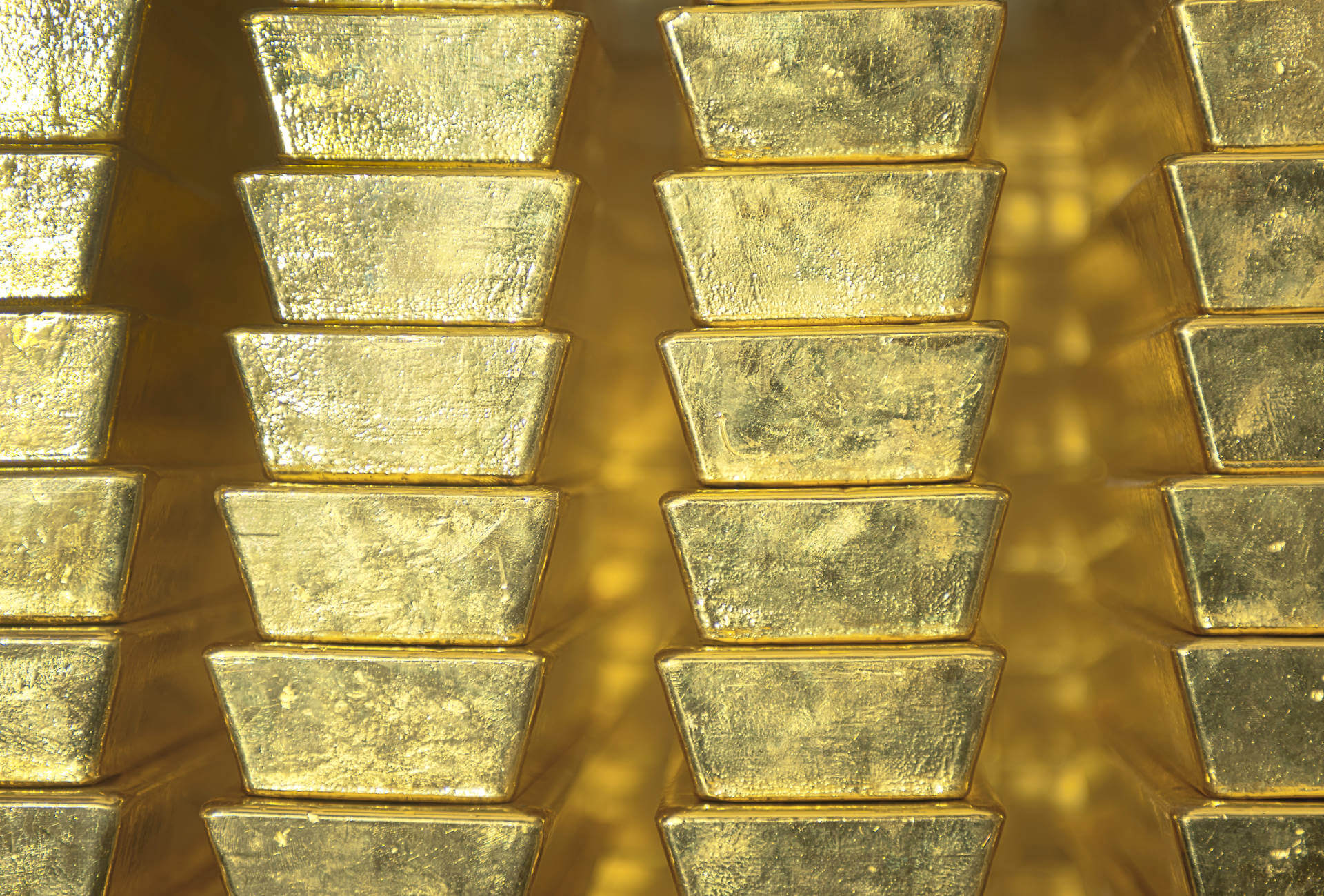Ever since British scientists found evidence that the gold in the Earth’s crust came from outer space, we haven’t looked at our gold jewellery or watch in quite the same way. The study by geologists at the University of Bristol, the results of which were published in 2011 in Nature, a science journal, showed how gold was delivered when the Earth was bombarded with meteorites, some the size of the Moon, four billion years ago. This collision generated heat which melted the Earth’s reserves of precious metals. Through convection, they were stirred into the mantle to later emerge as deposits. The study also discovered vast amounts of gold and platinum in the Earth’s core. A buried treasure which, at 3,000 kilometres deep, will likely remain out of reach, unlike the precious metals that lie much closer to the surface.
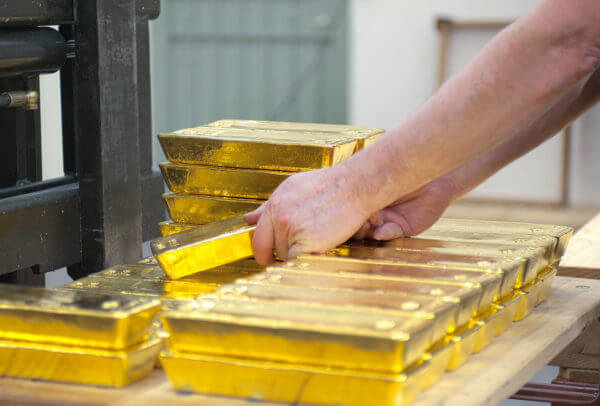
The stuff of empires
Since the dawn of civilisation, gold’s unique properties have set this precious mineral apart. The Greeks and the Phoenicians were the first, in the sixth century BC, to give gold monetary value. Still today, we might describe someone as being “as rich as Croesus”, in reference to the king of Lydia whose extraordinary wealth came from the gold contained in the sediment of the river Pactolus – a reminder that gold and prosperity go hand in hand. Interestingly, the Ancient Romans were already aware that mining had to be regulated in some way, and even introduced ingenious extraction methods – albeit at the expense of the health and safety of the poor souls forced to undertake this task for the glory of Rome. Such was the price to be paid if Empires were to grow; the hegemony of Byzantium then Babylon are perfect examples. Another illustration of the influence of gold can be found in the Spanish conquest of the New World in the sixteenth century, when vast quantities were sent back to the mother country. This expansion in the money supply mechanically led to high inflation, which ultimately weakened Spain’s economy for some considerable time. Another landmark was the introduction of the international gold standard in the late nineteenth century, a means of stabilising expanding trade between nations.
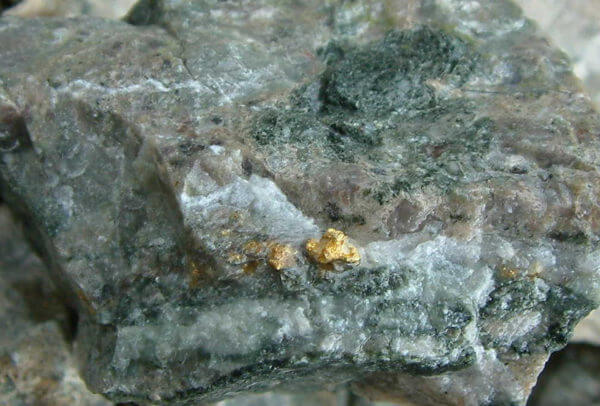
The benchmark for the price of gold is now the LBMA Gold Price. It is based on supply and demand, as for any raw material though with some specificities nonetheless. Supply can come from the mining industry or from recycling, while demand is spread across three categories of consumer: industry, watch and jewellery manufacturers, and investors. “There are currently in the region of 180,000 tonnes of gold in circulation, in addition to which between 2,600 and 2,700 tonnes are produced annually worldwide,” notes Prof. Lluis Fontboté, a specialist in mineral resources at the Geneva University Department of Earth Sciences. “In this context, price is not contingent on production alone. Therefore, an increase in production of, say, 10% a year would have little to no influence on price compared with variations in the amount of gold already in circulation. The price of gold depends mainly on central bank policy and what the private sector needs.”
There is still room for improvement, from increasing the efficiency of extraction methods to better sustainable development.
No shortage in sight
Professor Fontboté is part of an international team whose appraisal of future mineral resources caused quite a stir when it was published last April in Geochemical Perspectives. Over 180 pages, the six researchers explain why we needn’t worry about running out of gold in the foreseeable future. This is, they write, a misconception stemming from flawed analysis or rather a basic misunderstanding. “The scaremongers are working from statistics, often supplied by governments, that only take into account reserves, which are an infinitely small part of total deposits,” Lluis Fontboté explains. Unlike other renowned specialists, such as the professionals in the Comptoir National de l’Or, who claim we have already extracted 60% of the world’s gold, Lluis Fontboté and his colleagues consider that resources have been largely underestimated – even if this does imply considerable efforts in exploration. In a word, gold’s many fans can sleep easy, particularly as this precious metal is increasingly in demand for non-monetary use by sectors such as watchmaking and jewellery.
And so there is still room for improvement, from increasing the efficiency of extraction methods to better sustainable development. Gold deposits tend to be concentrated in certain areas, and can be roughly divided into two types: gold transported in hydrothermal solutions and gold that is panned from rivers. The majority of gold is extracted using highly automated mining methods which preclude the use of mercury – these techniques therefore comply with safety standards.
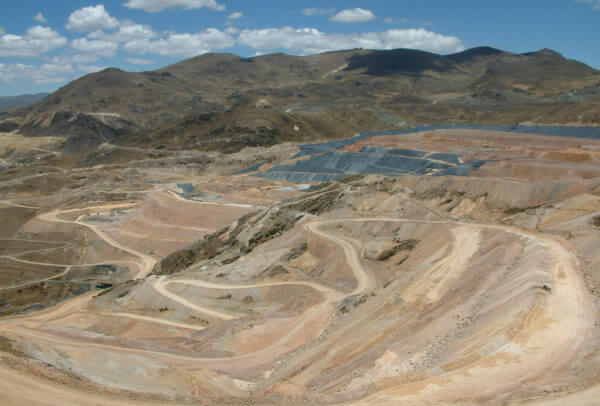
Continued demand
Artisanal mining is more problematic. Though difficult to quantify and control, it is known to be widespread, particularly in the Global South and less developed regions. As numerous reports by non-governmental organisations have shown, artisanal mining can result in water, air and ground pollution, deforestation, and is often linked to criminality. The gold mining industry’s major players have been alerted to these problems by the United Nations, the OECD and national governments. A range of certifications have followed, tracking social and environmental factors, but as yet no global solutions have been found to the problems engendered by this “natural wealth”.
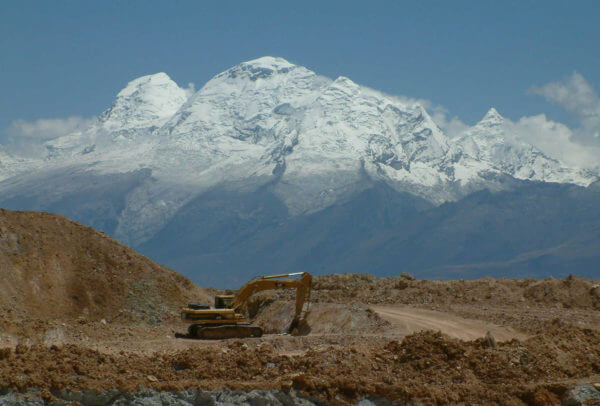
Given the specific nature of demand, which can be from the financial sector as well as the real economy, gold prices are relatively volatile. After peaking at almost $1,900 an ounce in 2011, since the beginning of the year prices have stayed within the $1,200 to $1,300 per ounce bracket. As for how prices might evolve in the medium to long term, economists are optimistic. If the economy continues to pick up, gold is likely to lose some of its investment appeal. However, demand from the watch and jewellery sectors is expected to remain strong, especially in Asian markets. India will weigh particularly heavy in the balance, for cultural reasons and also for demographic reasons, with a population in excess of one billion people. Luxury groups, which have learned to work with fluctuating prices, stand to benefit. It seems nothing can stop gold’s meteoric rise!







